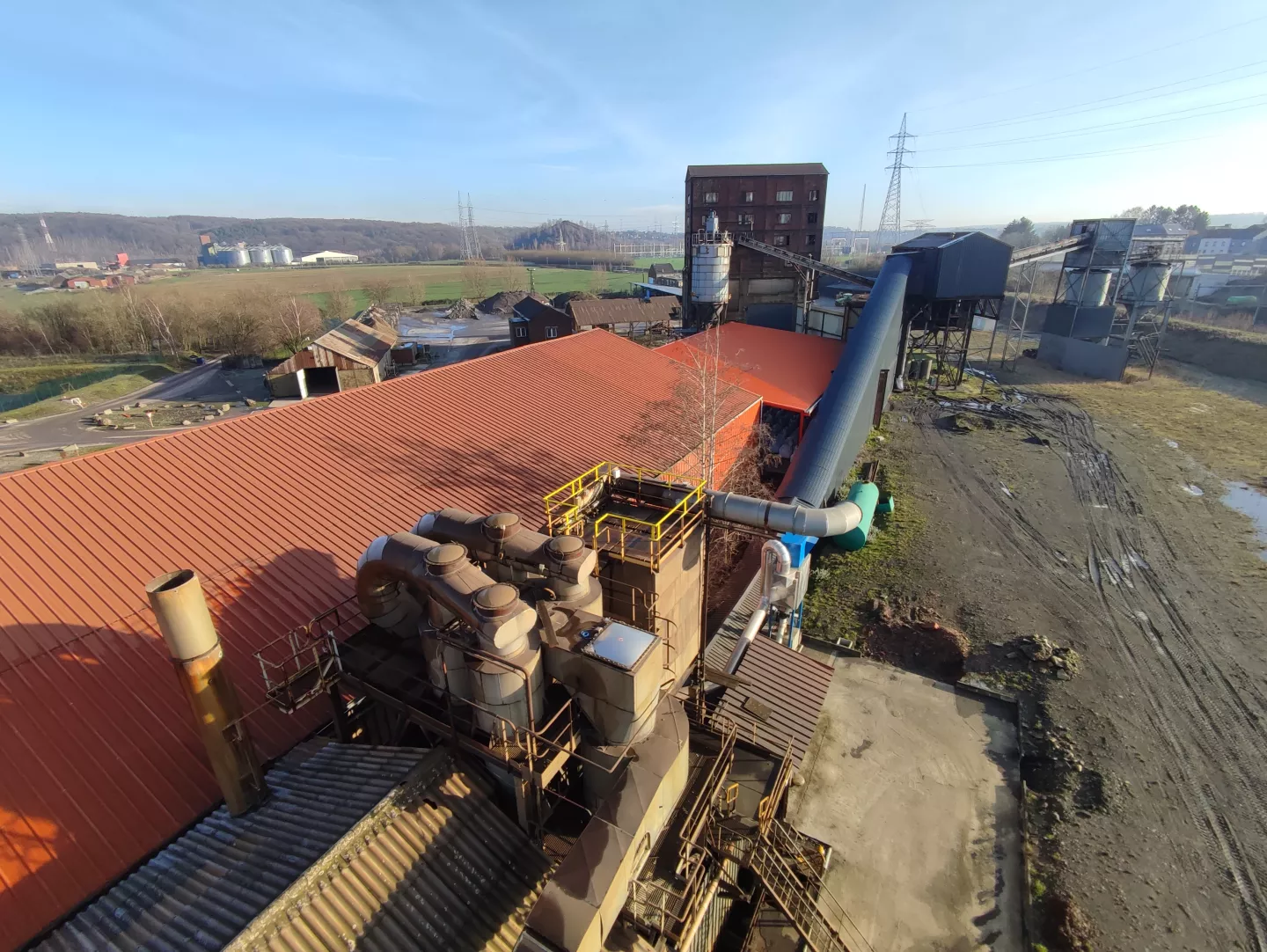The Roton group, a long industrial history
In the early 19th century - in 1804 to be precise - Napoleon granted a mining concession to the limited company of united collieries, Roton Farciennes et d’Oignies Aiseau.
The extraction shafts were located to the north of Farciennes, while the coal sorting and washing facility was about three kilometres further south. The two sites were linked by a chain of continuous minecarts, a procedure known as ‘dragging’, which made it possible to carry the output from the mine to the anthracite transformation site and take the schist back to the slag heap.
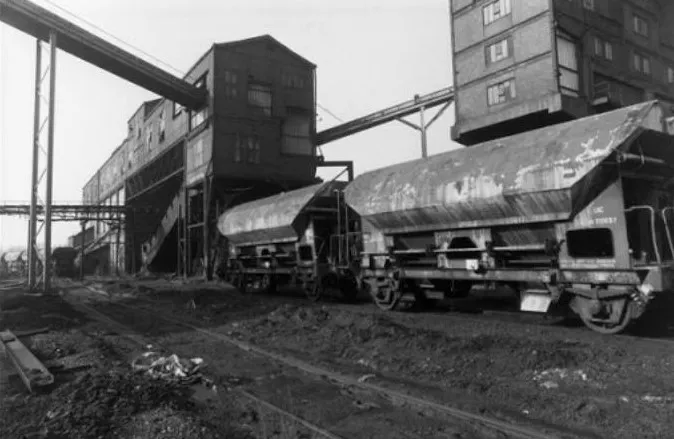
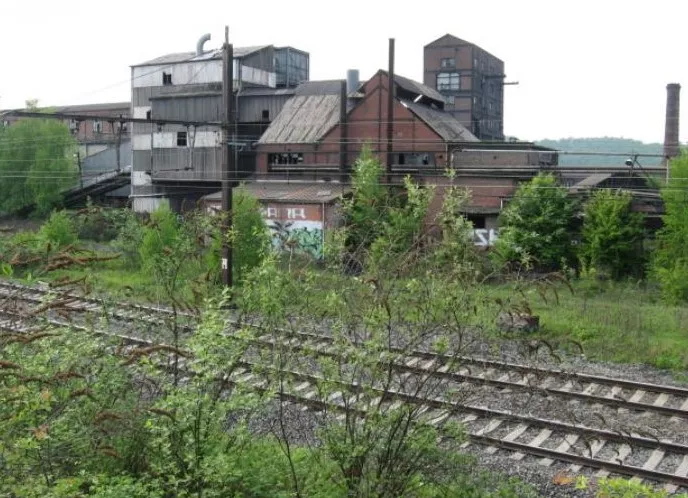
Roton was Belgium’s largest producer of anthracite A and its quality was recognised throughout Europe.
Daily production reached its peak in the 1970s: 2,500 tonnes. Around 3,000 people were employed on the two sites at this time.
The arrival of coal from the East and China in the 1980s proved to be too much for the financial viability of Roton’s extraction activities. It was the last Walloon colliery to close (28/09/84).
The sorting-washing facility and the sintering plant (clumps of coal) remained in operation until 2000 and 2010 thanks to imports of foreign coal.
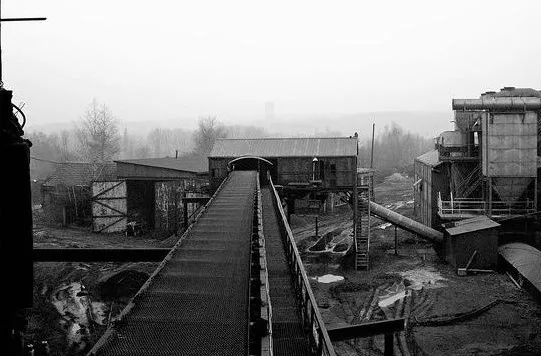
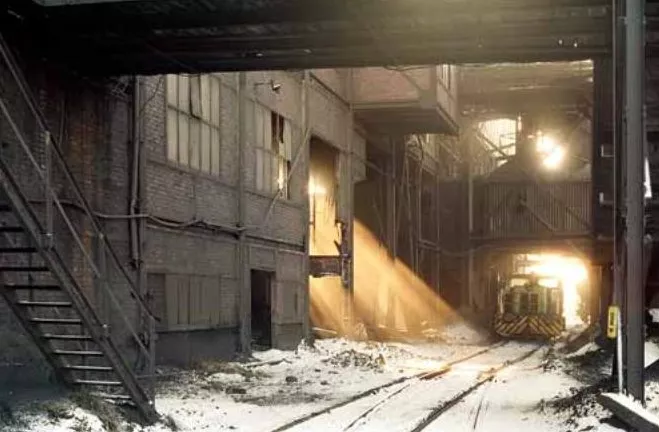
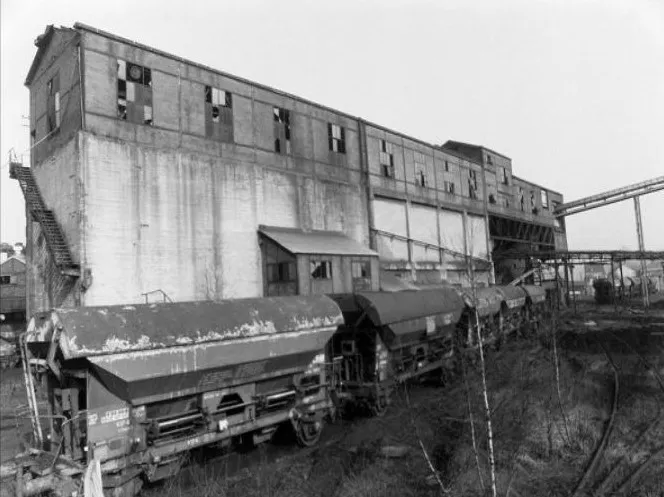
Strategic choice in the 1990s
Backed up by its know-how in the techniques of screening, crushing and drying mineral materials, the obvious path seemed to be reconversion in order to maintain this potential in the Charleroi region.
Roton’s industrial site not far from the Nationale 90, the main Charleroi-Namur road and along the Sambre River was and remains a major asset.
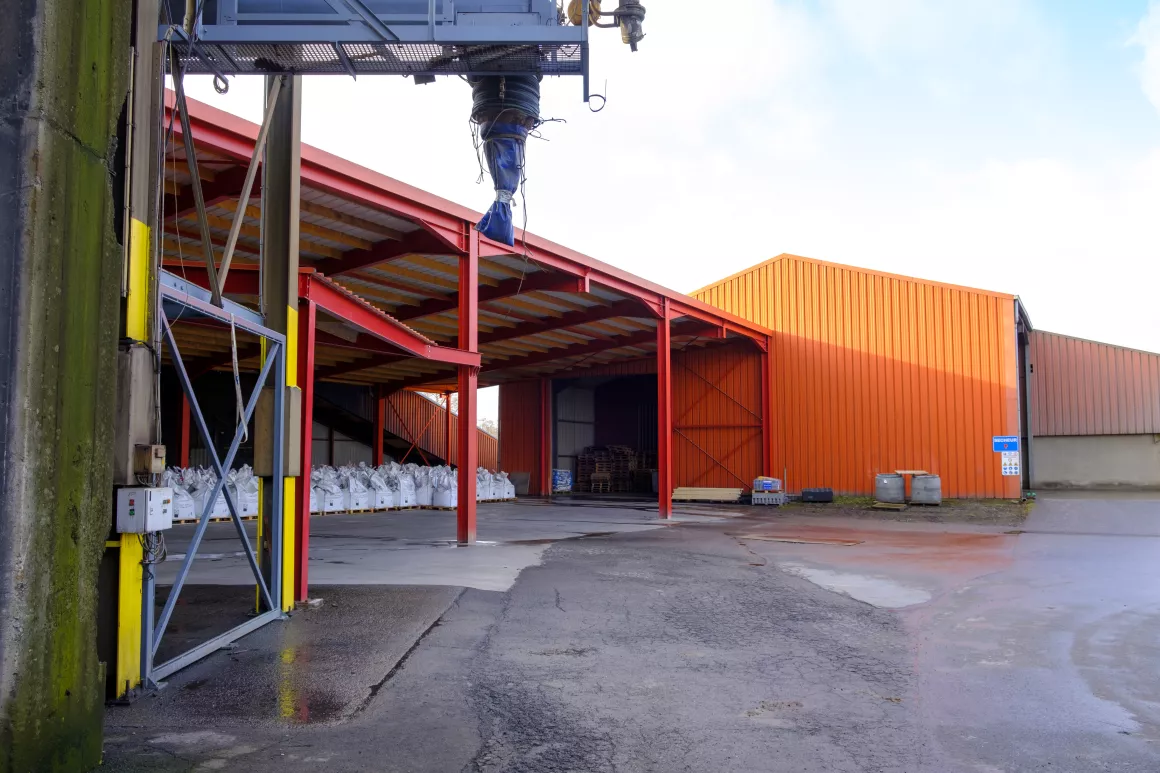
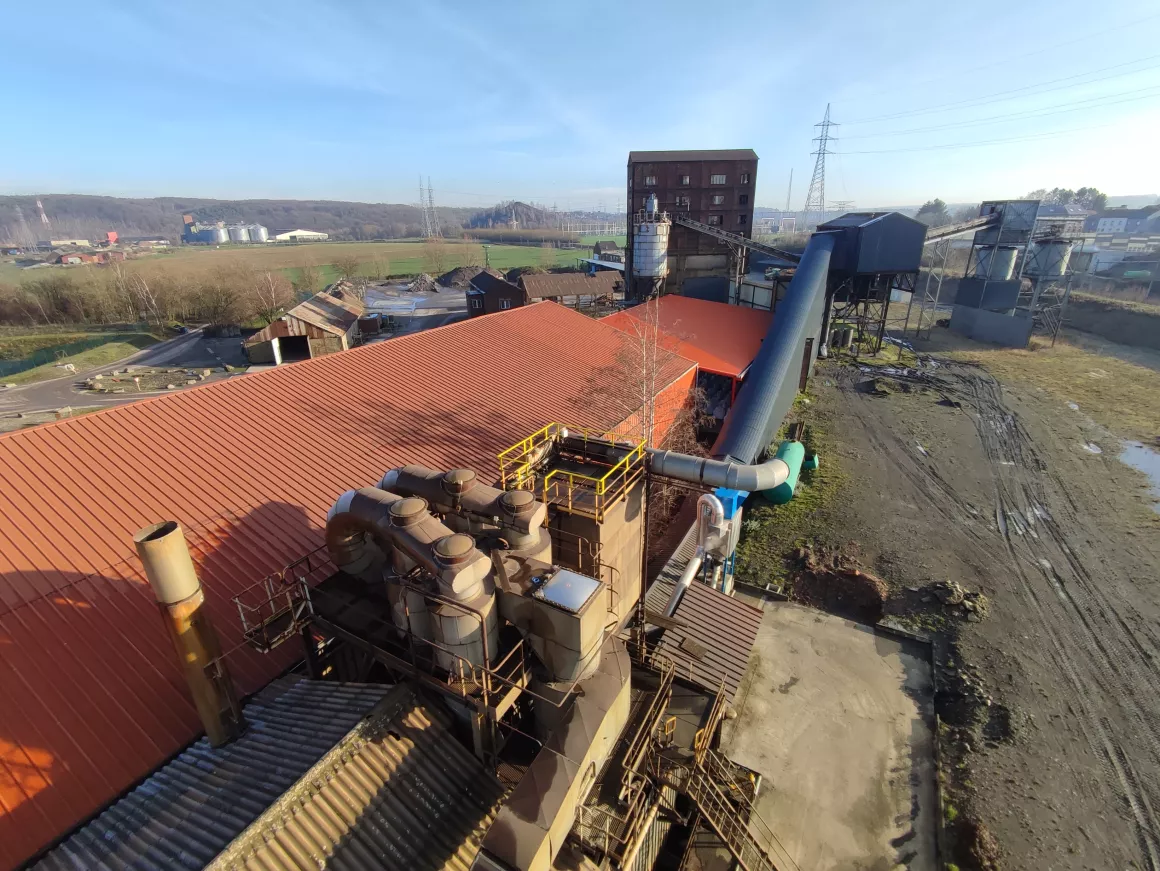
So Roton changed course, perfecting its techniques to apply them to mineral materials with higher added value.
